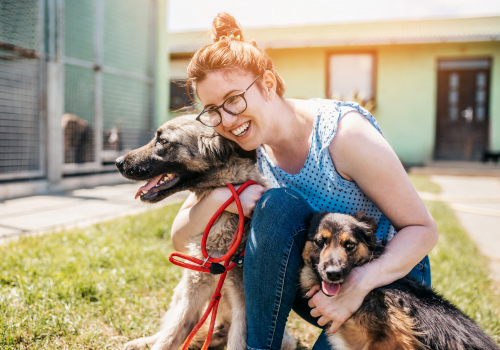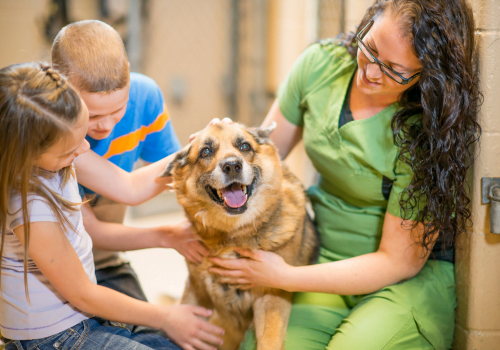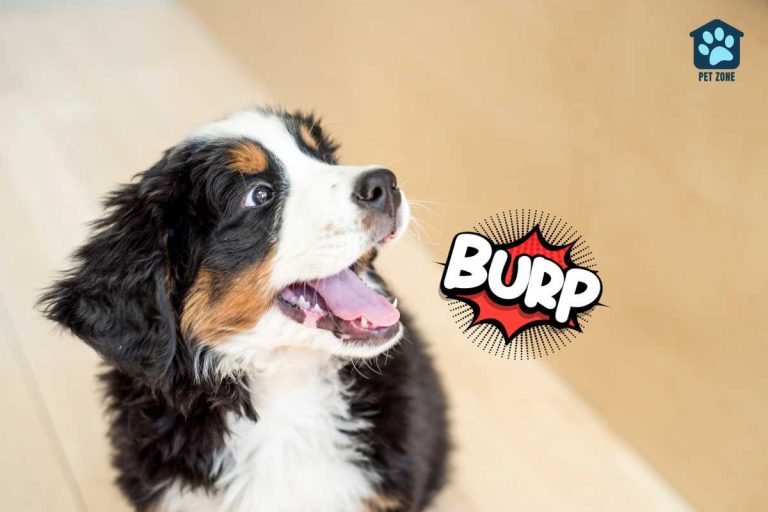Estimated reading time: 5 minutes
Bringing a rescue dog into your home can be an incredibly rewarding experience. However, socializing a rescue dog can be a bit more challenging than socializing a young puppy. Rescue dogs often come with past experiences, some of which may have been traumatic or negative. So, how can you help your new furry friend overcome these obstacles and become a well-adjusted family member? Keep reading for practical tips and advice.
Understanding Your Rescue Dog’s Past
Possible trauma and fears
Rescue dogs often come from various backgrounds, including abusive situations, neglect, or abandonment. These experiences can leave them with fears, anxieties, and sometimes even aggressive behaviors.
Understanding your dog’s history can help you tailor your approach to their specific needs and challenges.
Importance of patience
Socializing a rescue dog takes time, so patience is essential. Don’t expect your dog to immediately embrace their new environment and social interactions.
Give them the time they need to adjust, and celebrate small victories along the way.
Creating a Safe Environment
Setting up a safe space
Provide your rescue dog with a designated safe space in your home where they can retreat to if they feel overwhelmed. This area should be quiet, comfortable, and free from disturbances, allowing them to decompress and feel secure.
You can take steps to make your patio, deck or backyard safe and friendly for your pup as well.
Consistent routines
Establishing a consistent daily routine can help your rescue dog feel more at ease. Predictable mealtimes, walks, and playtimes create a sense of stability and help your dog understand what to expect.
Building Trust and Bonding
Spending quality time
Spend quality time with your rescue dog, engaging in activities they enjoy, such as walks, playtime, or cuddling. This will help build a bond of trust and create a positive association with you.
Positive reinforcement
When socializing your rescue dog, use positive reinforcement to encourage desired behaviors. Praise, treats, and affection can help your dog associate new experiences with positive outcomes.
Introducing New People
The gradual approach
Introduce your rescue dog to new people gradually. Start with one person at a time and have them approach your dog calmly and quietly.
Allow your dog to initiate contact and set the pace of the interaction. As they become more comfortable, introduce additional people slowly.
Involving friends and family
Enlist the help of friends and family members to expand your dog’s social circle. Have them visit your home, and allow your dog to interact with them on their terms. This will help your dog become more comfortable with a variety of people and build confidence in social situations.

Socializing with Other Dogs
Supervised playdates
Arrange supervised playdates with other well-behaved dogs. Start with one-on-one interactions in a controlled environment, such as a fenced-in yard.
Keep the meeting brief and positive, gradually increasing the duration as your dog becomes more comfortable.
Dog parks and group classes
Once your rescue dog is comfortable with one-on-one playdates, consider visiting a dog park or enrolling in a group training class. Both provide opportunities for your dog to socialize with other dogs in a more controlled setting.
Be mindful of your dog’s comfort level and be prepared to intervene if necessary.
Dealing with Setbacks
Recognizing signs of stress
As you socialize your rescue dog, it’s essential to recognize signs of stress or anxiety.
These can include excessive panting, drooling, shaking, growling, or attempts to escape. If your dog exhibits these behaviors, it’s crucial to remove them from the situation and give them space to calm down.
Adjusting your approach
Setbacks are common when socializing rescue dogs.
If your dog struggles in a particular situation, take a step back and adjust your approach. This may involve slowing down the pace of introductions or providing additional positive reinforcement.
Ongoing Training and Socialization
Continued exposure to new situations
Continued exposure to various situations, people, and other animals is crucial to your rescue dog’s ongoing socialization.
Regularly introduce your dog to new environments, such as pet-friendly stores, parks, and outdoor events.
Enrolling in obedience classes
Obedience classes are an excellent way to reinforce your dog’s training while also providing socialization opportunities.
Look for a reputable trainer who uses positive reinforcement techniques and is experienced in working with rescue dogs.
Conclusion
Socializing a rescue dog requires patience, understanding, and consistency.
By creating a safe environment, building trust, and gradually introducing new experiences, you can help your rescue dog overcome past traumas and become a well-adjusted, happy family member.








